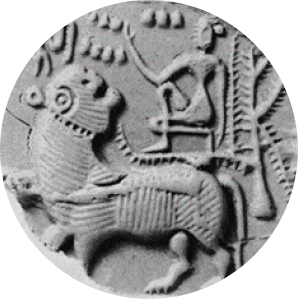Photography influences our propensity to experience reality visually. Professional photographers are more likely to identify subjects of interest because they are actively looking for them. Lately I have been pondering this in the context of awareness and consciousness. The cultivation of seeing can help us change the way that we view reality. But the heightened awareness can also be inimical to our mental state or spiritual purposes. For example, an instagrammer who loves to publish viral photos will always be on the look out for them. The eye and center of consciousness shifts in accordance with one’s intention. If I have a prior conception of the unity of all beings, I might look for expressions of that; if I have an ideology of compassion, I will be seeking a compassionate vision. In every case, this is about finding ways to support established opinions or conditioning: My prior opinion determines the way I see reality. I look at and photograph the world from a certain viewpoint.
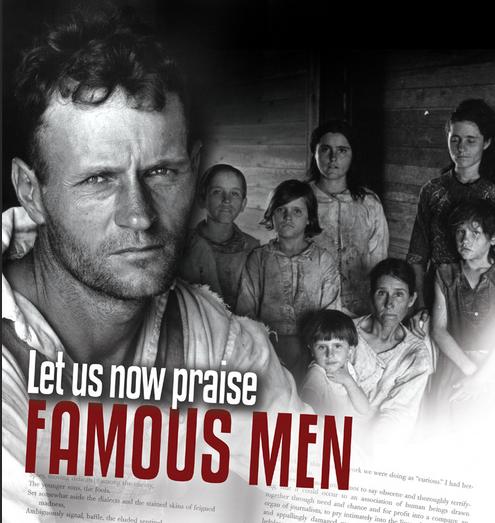
A slightly different result emerges from observing reality, deciding what is essential to it, and then finding a way to express this understanding in a photograph. In Let us Now Praise Famous Men, the photography deliberately shows the humanity and stature of people who the world thought of as being simply poor and downtrodden. If the vision comes from a genuine perception, rather than simply illustrating an earlier held belief, then the photography becomes an authentic record. Or does it?
A person who inhabits a post-industrial society has an everyday experience of a plain, utilitarian and modern urban space. When such a person visits places that are quite different, such as small European towns that have scarcely changed since the Middle Ages, what is remarkable to him are the ways that this reality differs from what he’s used to. He is likely to look for charming ways that express the otherness of this reality. The result is a clichéd superabundance of images of stone arches, cobbled streets, colourful window boxes, etc. It becomes almost obligatory to take a certain kind of picture; one resembling the paintings and postcards sold in the tourists’ shops. But such photography reflects a selective vision that does not necessarily express the reality lived by the local inhabitants.
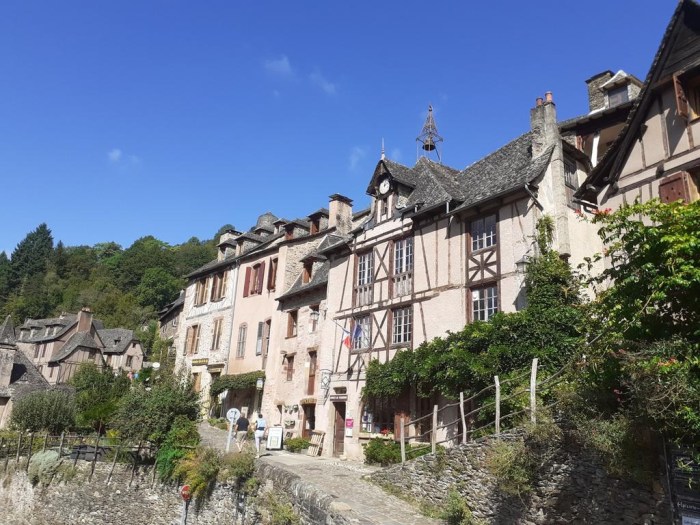
I wonder how many times I have tried in my travel photos to exclude cars and other modern elements because they look incongruous in the reality I would like to capture. This reminds me of the famous Starbucks coffee cup that was spotted in a Game of Thrones episode.


Then there are photographic attempts to juxtapose the ancient with the modern, such as photos from India of robed monks speaking on cell phones. These are contrived with a certain purpose in mind.
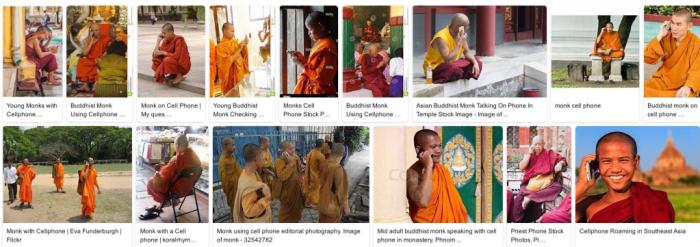
It is a truism of the modern world and of the ubiquity of cameras that our desire to record, post and share what we see frequently interferes with our ability to truly be present in our experiences.
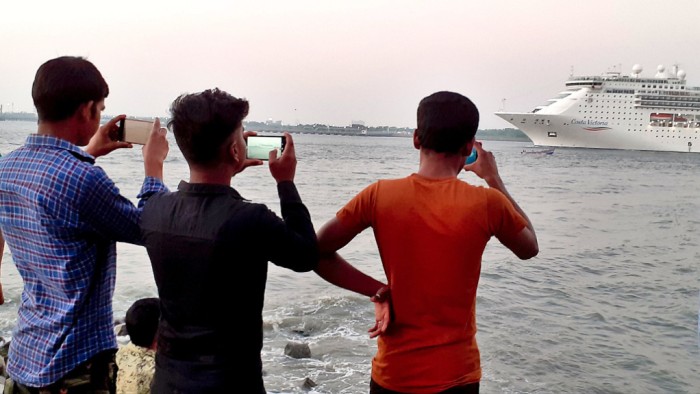
When I first embarked on a trip outside of the European and North American reality I was used to, I decided not to take pictures at all. At the time I was thinking that photos are only poor shadows of the reality experienced, and one should rely upon memory instead. To photograph reality is to change it; there’s the quantum mechanics law, according to which it is impossible to observe reality without interfering in it. Lao Tzu, my inspiration of the time, had said, “one who excels in traveling leaves no wheel tracks”.
But maybe another approach is deliberately to make photography a participatory experience and, rather than attempt to capture reality or a version of it, to make images that are themselves objects of creation. Instead of taking a photo of a street, one may take a certain detail and then enhance it or superimpose it upon another image. This may be done to reflect an inspiration felt at the time, with no attempt to stay close to the perceived reality. This kind of photography well expresses the knowledge that every attempt to capture reality is doomed from the beginning; that viewing is always interpretation. As one could expect, there are many cringe-worthy web sites devoted to the subject of art photography.

It is almost inevitable that whatever we do has been done previously and probably better. This is, after all, an era in which several hundred people climb Everest every year, millions of people descend upon the world’s cultural capitals and every aspect of human endeavour becomes hackeneyed and trivialized.
In the end, I find that, social media and messaging services not withstanding, I take or make pictures mainly for myself: either as an aide-mémoire, or because in some other way it pleases me. Nobody – not even family members – is interested to scroll through a whole album of travel photos. Maybe our grown children will look back occasionally on the photos taken of them when they were young.
Photography is not just about the product; it can also be an exercise in seeing. Engaging in it gets us in the habit of opening our eyes and trains our visual acuity. There is no guarantee that what we capture digitally will express anything of value, but it is certain that if our eyes are half shut, we are less aware and less alive to our surroundings.
